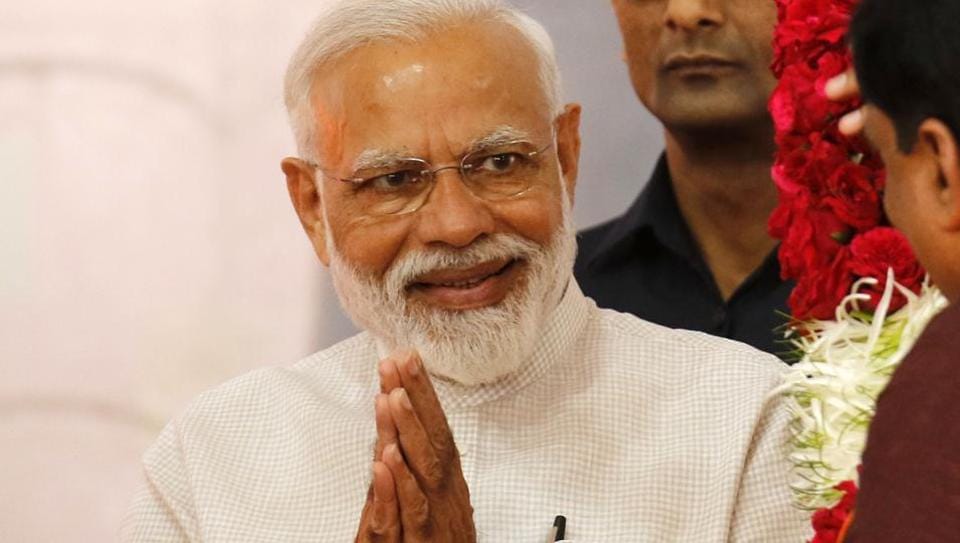Majboot Sarkars Overrated? History Shows India Need Not Dread a Coalition Govt.
Prior to the 1990s, coalition governments in Indian politics were considered to be an aberration and not particularly desirable. The lack of coalitions in India was clearly tied to the one-party preponderance of the Congress. So, when the party sensed defeat in the 1989 Lok Sabha election, it tried to remind voters of how shambolic the 1977 Janata government had been.
The VP Singh-led National Front government formed in 1989 was perhaps the strangest political entity that people had witnessed in Indian politics. Propped up by the Left parties on one side, and the right-wing BJP that provided support with its 86 seats on the other – the government proved to be short lived.
The grand old party then supported the Chandrashekhar Singh government for four months, after which it decided to withdraw support and elections in 1991 brought back a Congress-led coalition government in the country. With that, the era of coalition politics was well and truly upon us.
Coalition governments were the new normal in Indian politics and would continue to be so until 2014, when the Narendra Modi-led government became the first in three decades since 1984, to win a clear majority.
Congress governments in coalition have brought about some of the most momentous and far-reaching changes. It was the Narasimha Rao-led government that introduced the economic reforms, which for better or worse, changed the country tremendously.
One simple indicator of the worth of coalitions is the fact that many thought that the UPA-I government was too hobbled by the presence of the Left, as it was a hindrance to the economic reforms associated with Congress governments since 1991.
The withdrawal of Left support, followed by the more emphatic victory that led to UPA-II in 2009, was supposed to bring in a more decisive and unfettered government. Yet, it is the UPA-I government that is remembered for the succession of rights-based legislation it introduced, while UPA II has come to be associated with crony capitalism.
Similarly, the NDA-I government of Vajpayee, with all of its coalition pulls and pressures ensured two things. First, the core and often contentious BJP issues, which are Article 370, Babri Masjid and Uniform Civil Code, were relegated to the back-burner.
Second, the Vajpayee-led BJP government could well and truly be said to have a fringe and a centre, with the fringe remaining where any fringe should belong.
However, the ruling BJP government of the day has once again brought the core contentious issues to the forefront. It has also ensured that the fringe encompasses the party uniformly, leaving no hint of nuance or differentiation.
Coalitions are able to more naturally weave in the vital regional parties that act as breakwaters in the path of potentially elective despotism.

www.news18.com
 electoralsearch.in
electoralsearch.in





